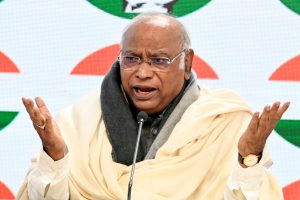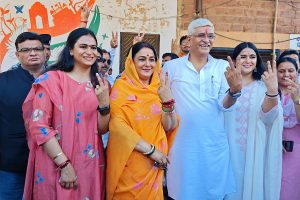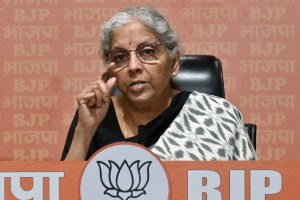Pujas in the Hills may lack the grandeur of the pandals and lights of those organised in the plains, but some of them held at places like the Nipendra Narayan Bengali Hindu Hall (NNBHH) in Darjeeling town surely bring out the tradition and the rich heritage that surround such pujas being organised here since the British era.
This year, the main highlight of the puja in the Queen of Hills will be the 104-year-old tradition that is not only popular among the Bengali community, but also the different other communities that live here in harmony.
“The puja will be 104 years this year, with the idol brought from Kumartuli in Siliguri, while the dhak players are coming in from Malda. The puja will officially be inaugurated tomorrow by the GTA chairman and the Darjeeling district magistrate,” said Pratapaditya Guha, the secretary of the NNBHH.
The Hall was built way back in 1890 and had been made as a recreational place mostly for the Bengali community with funds for the hall’s operations being collected in that era from the Cooch Behar Raja, Burdwan Maharaja and many other zamindars.
In fact, NNBH hall members also maintain that in the distant past, the idol was brought halfway by boat and by the Toy Train from the plains. In between, instead of the idol being brought from outside, the puja was done here with the idol in the temple itself, while later on again, the idols were brought from outside, hall members say.
If the puja has a long history, the immersion of the idol also has an interesting story surrounding it.
Earlier, the idol was carried all the way to a distance of three kilometre on foot to the Burdwan Palace, where the king there presented a gold coin to the deity. Only after that, the ‘bisarjan’ would take place, with the idol carried for another one kilometre.










